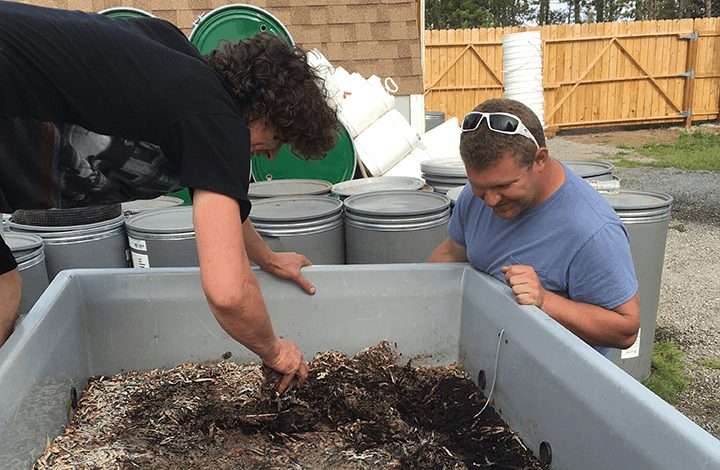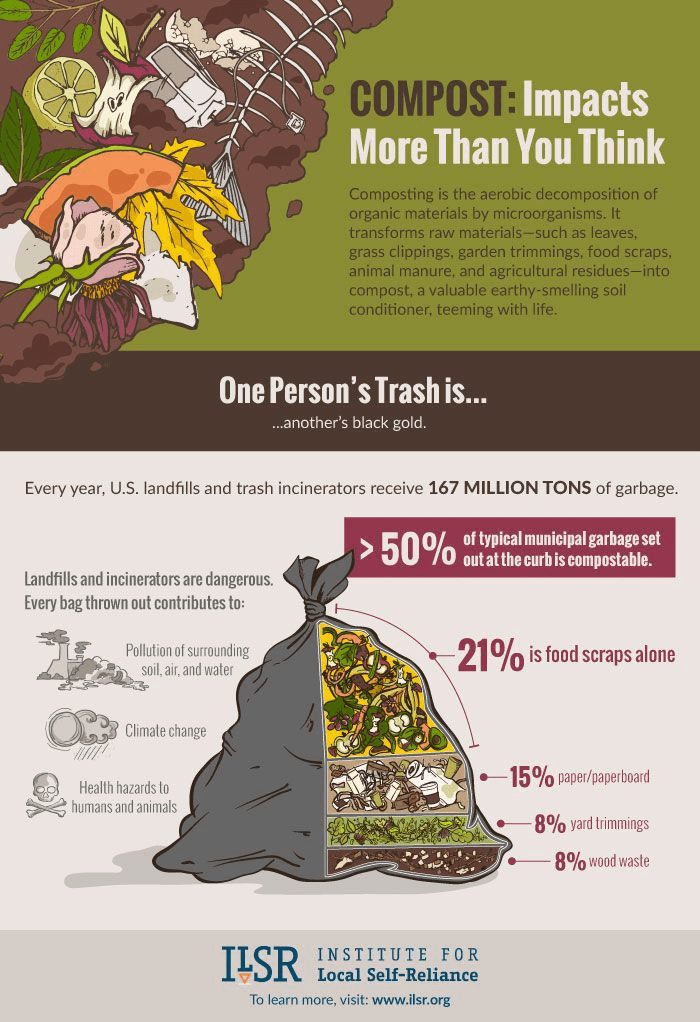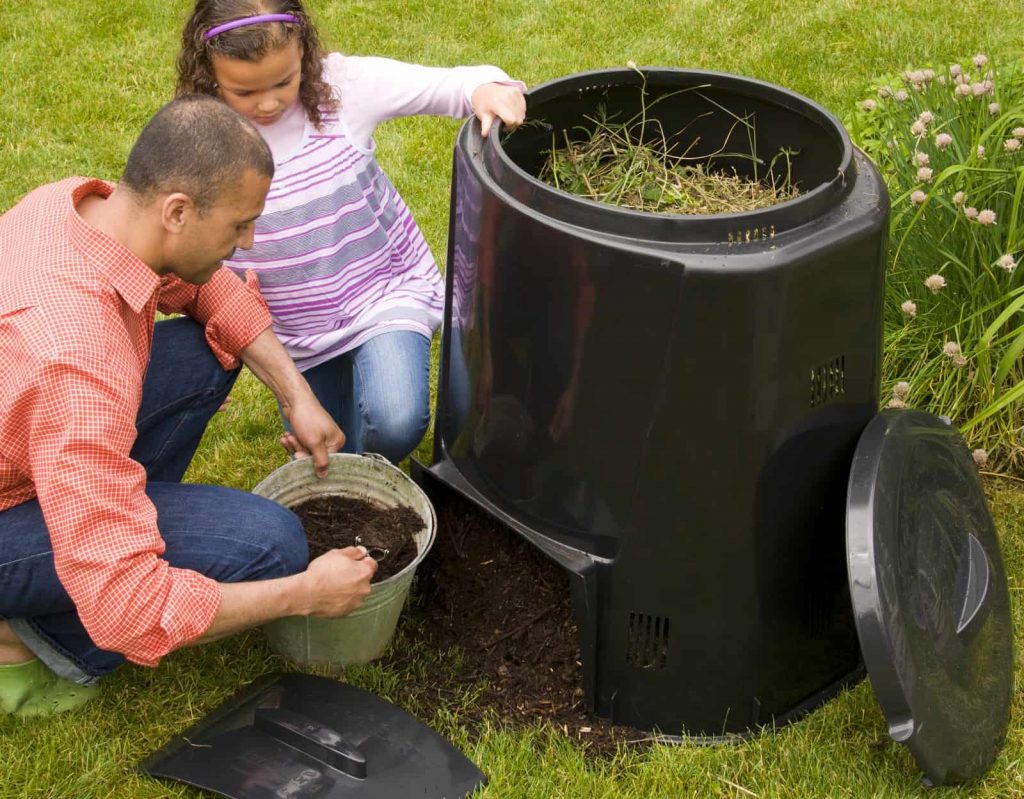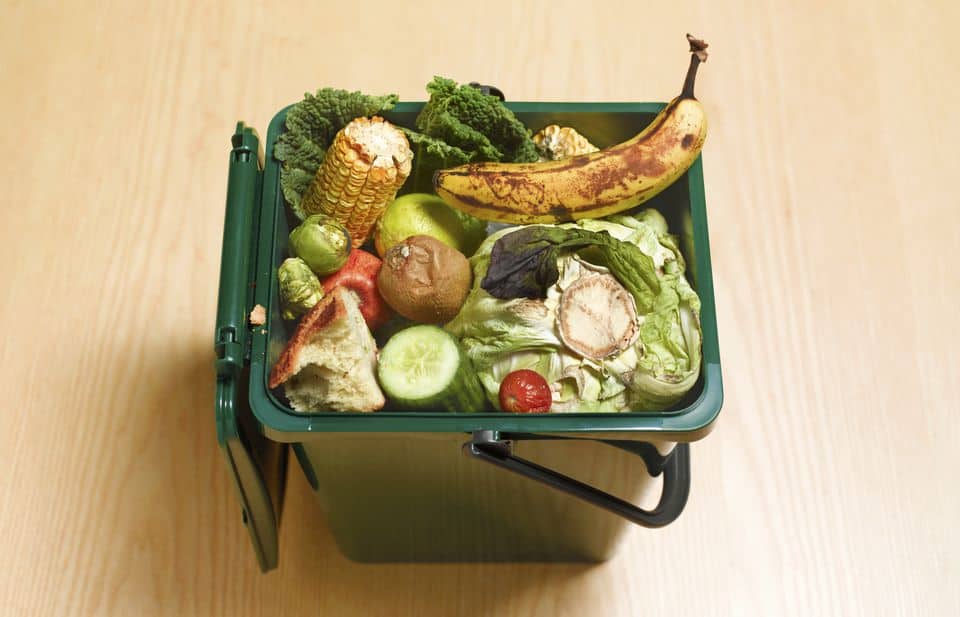
Transform your yard into a luscious garden using leftovers, stale bread, or vegetable and fruit waste. How? By turning them into compost. Here’s how you won’t have to throw away your food scraps into the bin ever again:
1. What is composting?

Composting is how nature recycles. It biodegrades any organic waste and turns it into a soil amendment, what farmers call ‘Black Gold.’ The difference between compost and fertilizer is that the prior feeds the soil while the latter feeds the plants.
Compost helps soil retain the moisture and nutrients it loses over time. By encouraging the growth of certain microorganisms, compost maintains plant and soil health.
The best thing about compost is that it’s inexpensive. It doesn’t require any special or expensive equipment to get started. Plus, it’s a free and environmentally friendly way of throwing away any of your organic waste. You’re not only keeping your plants healthy, you’re also reducing the volume of trash in landfills.
2. Check with your Municipality.

Before embarking on your project, check with your municipality or city government—your local government might not be okay with composting. The last thing any community wants is to attract raccoons, opossums, and roaches. Vermin and rodents rummaging through an unsecured compost bin pose a risk of spreading germs and diseases.
3. Bin, tumbler, or pile. Which one should you use?

What you put your compost in is the second most important thing to consider. What you’re going to compost in hugely depends on the size of your garden, how huge you want your compost to be, and if it looks aesthetic to you (yes, this matters.) Here’s a guide on what to choose:
- Bin – You can choose either the stationary or rotating kind so long as it can retain heat and moisture. Just make sure you turn their contents periodically to combine everything inside and aerate them.
- Tumbler – Compost tumblers speed up the composting process to weeks instead of months or years. They make heat retention and oxygen infusion for your compost easier. If your yard only produces flowers or weeds occasionally, this is the best choice for you.
- Pile – This works great if you have a huge garden and yard that has loads of organic matter like grass, small branches, or grass clippings available.
You can also make a DIY compost container, but if you’re not too handy, you can opt for a store-bought one.
4. Different foods you can compost.

Be wary of throwing all your food waste into your compost. As Home Composting Made Easy points out, not all food waste is created equal. For example, throwing meat, fish, dairy products, and greasy substances can cause big problems for your compost. These are the food wastes that attract scavenging animals, rodents, and maggots. Not only that, it’s going to make your compost smell and create an imbalance.
The best food waste to compost is plant matter or anything that was made from it. This includes all your fruit and vegetable waste, anything made of flour, coffee grounds, tea, bags, and grains. Aside from plant matter, you can also compost boxed food and egg shells so long as they’re crushed well.
5. What ratio between greens and browns should you add?

‘Greens’ and ‘browns are the two main categories of compost ingredients. Greens contain more moisture, break down faster, and are rich in nitrogen. Browns are the opposite of greens. They contain less moisture, break down longer, and instead of nitrogen, are rich in carbon.
Some examples of greens are vegetable and fruit waste, grass clippings, coffee grounds, weeds, flowers, animal waste, and egg shells. Browns could be newspapers, cardboard, twigs, branches, fallen leaves, and sawdust.
If you want your compost ready fast, then it’s best to have a ratio of 30 parts browns to one part greens.
6. Maintaining your compost.

Now that you’ve created your pile, here’s how to keep it in tip-top shape:
- Go big or go home. The breakdown process works best when you have a mass.
- Add as you go. Throw in some compost ingredients regularly. This gives bacteria more food to eat and it keeps your pile insulated.
- Turn your pile at least every 1-2 weeks. It helps aerate the compost.
- Keep it moist. Hose it down now and then if it doesn’t rain.
- Keep it hot. The decomposition process has a lot of microbial activity that heats it up.
- If your pile is getting soggy, add more carbon-rich or brown compost ingredients. The compost needs to be moist, not soggy.
- Add a variety of compost ingredients. Different textures and nutrients break down your pile faster and keeps it disease-and-pest-free.

